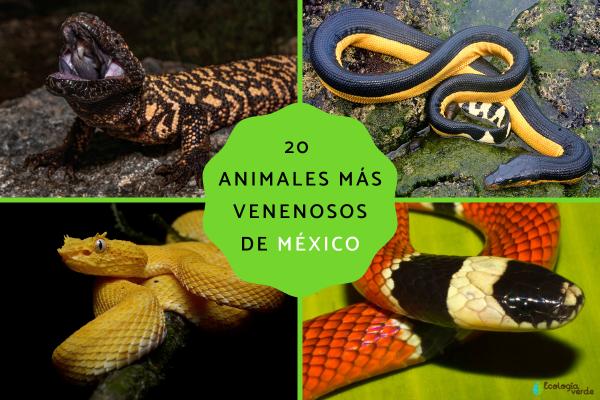
Mexico is one of the most biodiverse countries in the world, and it's famously home to a wide variety of venomous animals. In fact, Mexico has the highest number of venomous snake species globally and leads the world in scorpion sting incidents. Some of these creatures even share habitats with h...
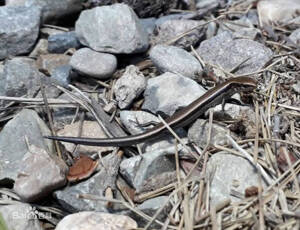
Huanren dwarfskink is called Huanren dwarfskink in foreign language, and has no subspecies.Huanren dwarfskink mainly feeds on mosquitoes, flies, spiders, earthworms, insect larvae and moths. Individuals in artificial breeding also eat mealworm larvae, but their preference for them is slightly lower....
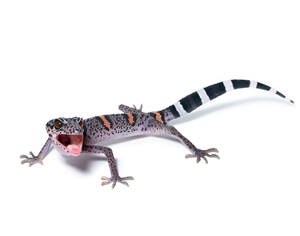
Pingxiang eyelid gecko was discovered in 1999 and is native to Guangxi.Pingxiang eyelid gecko is a nocturnal animal. It hides in the cracks of rocks during the day. When the sun sets, it comes out to move around, wandering among the rocks, and preying on insects and other small invertebrates.The pop...
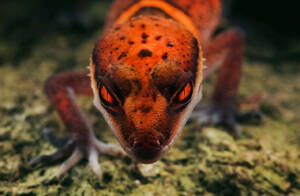
Bawangling Leopard Gecko is a species unique to Hainan.At around 9 p.m. on July 5, 2001, specimen collectors were waiting for nocturnal animals in the jungle of Bawangling. The flashlight illuminated a 10-centimeter-long gecko (Gecko), which was very different from the geckos they had seen in the pa...

The foreign name of Turpan sand tiger is Chinese wonder gecko, and it has no subspecies.The feeding habits of Turpan sand tigers were studied using feces analysis. The results show that: from April to May, Turpan sand tigers feed on animal food, mainly small arthropods; from June to September, they...

There are over 200 species of legless lizards in the world, often referred to as glass lizards due to their delicate, easily broken bodies. These lizards have a remarkable survival mechanism: when threatened, they can shed their tails, which break off to distract predators, allowing the lizard to es...
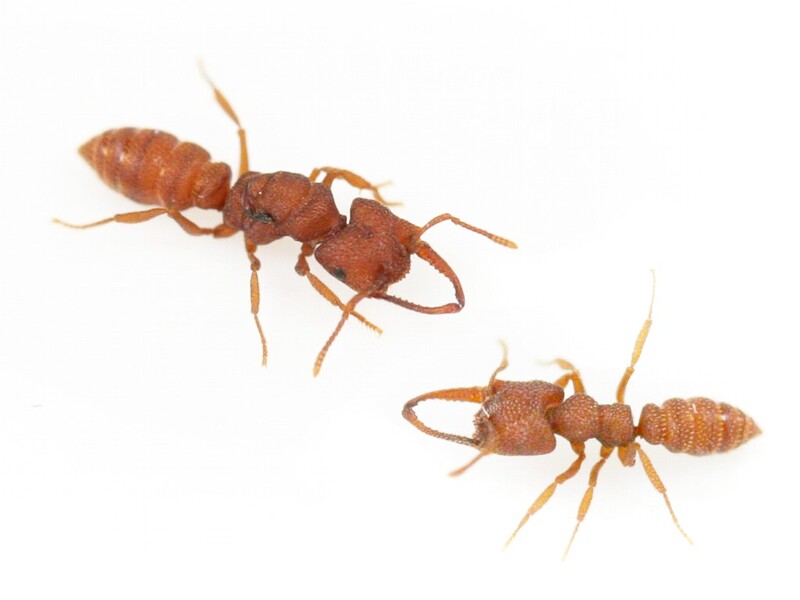
Untrained humans usually have a reaction time of 200 to 300 milliseconds, while humans blink at about 100 milliseconds. However, many animals are much faster than humans. Today, I have compiled a list of the top ten most responsive animals in the world, including Camilla ants, splay-necked spiders,...
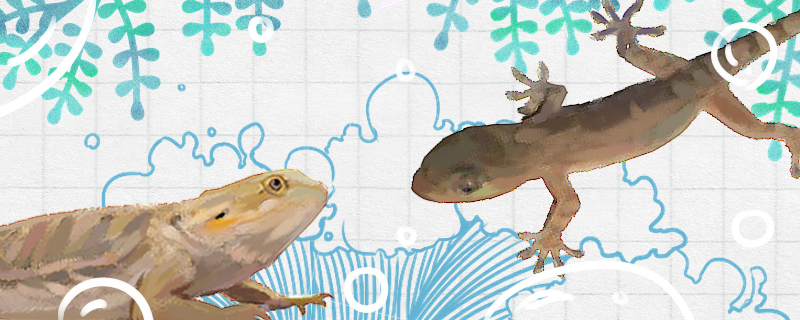
What is the difference between geckos and lizards is a common question for reptile enthusiasts and curious minds alike. While geckos and lizards both belong to the reptile class and often share similar appearances, they have distinct differences in their biological classification, physical features,...
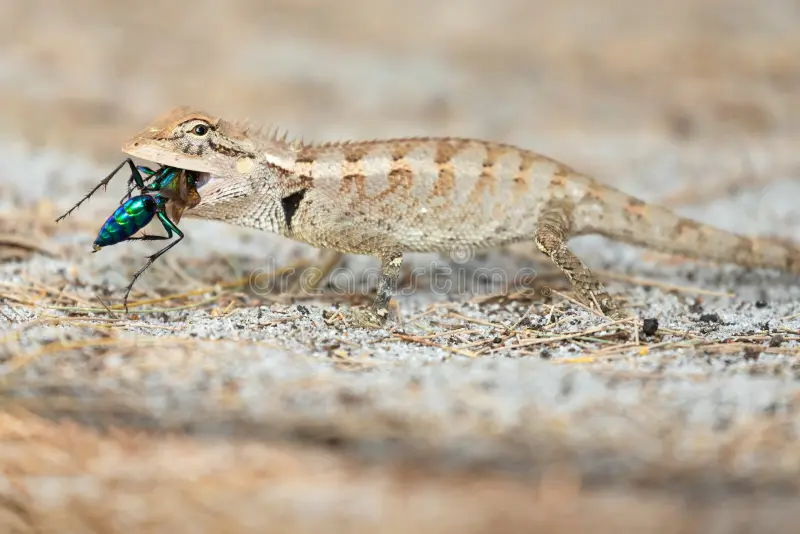
Lizards are one of the most diverse groups of reptiles, found in a wide range of habitats from deserts to rainforests. With over 6,000 species worldwide, lizards have developed unique dietary habits to adapt to their environments. But what do lizards eat, and how do their eating habits impact their...
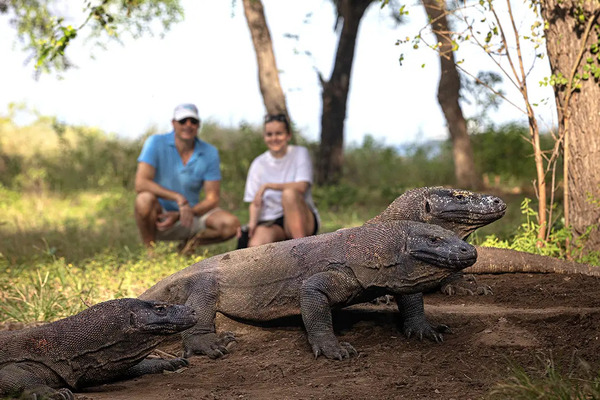
Among the sprawling biodiversity of Earth, there exists one reptilian ruler that stands above the rest—the Komodo dragon (Varanus komodoensis). Often referred to as the "King of Lizards," this colossal creature is the largest and most fearsome member of the lizard family, captivating scie...
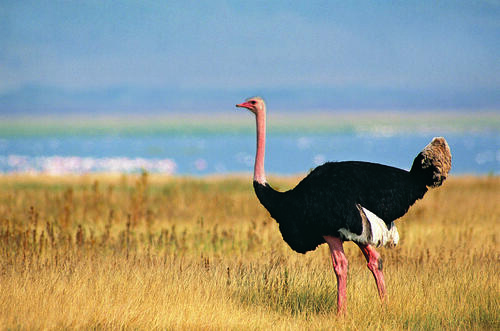
Although dinosaurs became extinct about 65 million years ago, their descendants and close relatives still live on Earth, and some of the animals that exist today still look and feel like "dinosaurs". Some animals are called "living fossils" because they have retained ancient appe...
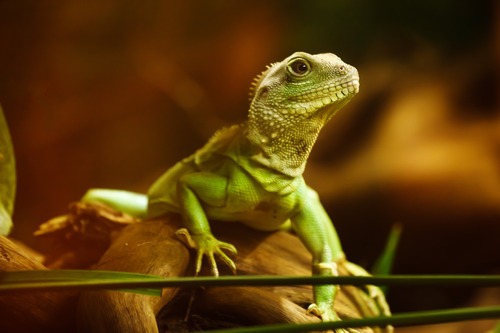
Lizards: A unique role in wildlifeLizards are a very unique and diverse wildlife in nature. As a member of the reptile family, lizards not only play a role in the ecosystem This article will take a closer look at the basic characteristics of lizards, their habitats, and their importance in the ecosy...
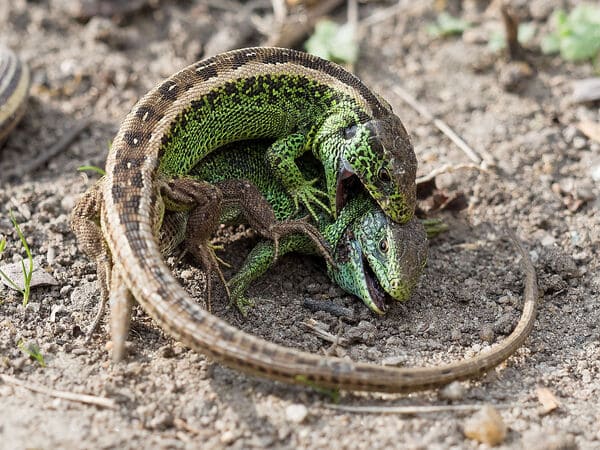
Lizards, commonly known as "four-legged snakes and aunt snakes", are the collective name for a large group of squamates among reptiles. They are found around the world, with approximately 7,000 known species, ranging in size from geckos a few centimeters long to Komodo dragons three meters...

Here are some key points to keep a lizard well: Learn about lizard species: Different lizard species have different feeding needs and characteristics. Before choosing a lizard, make sure you have an understanding of the habits and feeding requirements of your chosen species, includi...
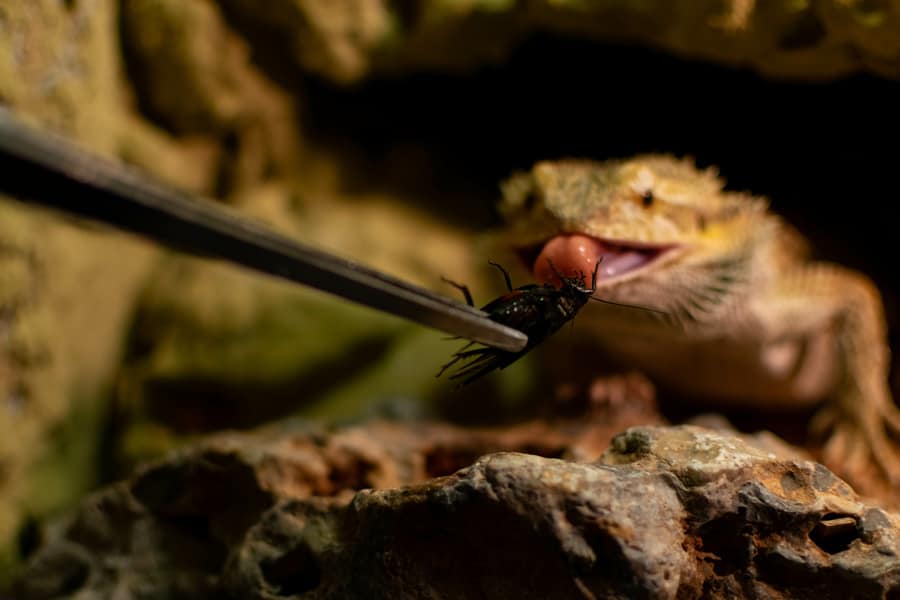
The feeding methods for lizards vary depending on the type and size of the lizard. Here are some basic guidelines for lizard feeding:Food selection: Lizards are omnivorous animals, and their diet includes insects, reptiles, small mammals, fruits, etc. Based on the species of lizards yo...
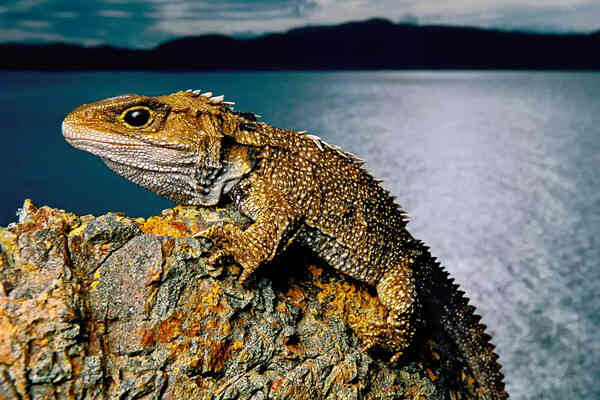
Lizards are a rare family of reptiles restricted to rocky islands off the coast of New Zealand. Today, tuatara are the least diverse group of reptiles, with only one extant species: Sphenodon punctatus; however, they were once much more widespread and diverse than they are now, spanning Europ...
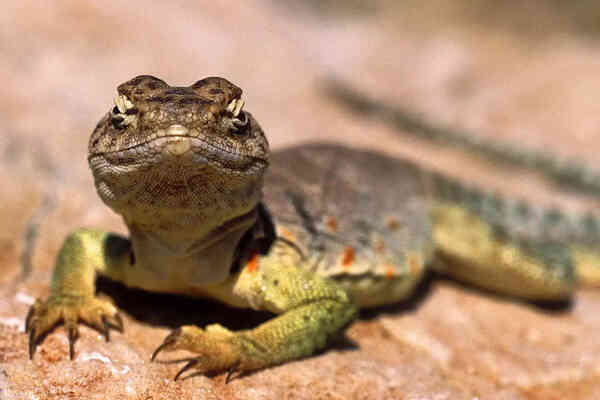
The order Squamata is the most diverse of all groups of reptiles, with approximately 7400 extant species. Squamates include lizards, snakes, and worm-like lizards. Squamous animals have two characteristics. The first is that they shed their skin regularly. Some scaly animals, such a...
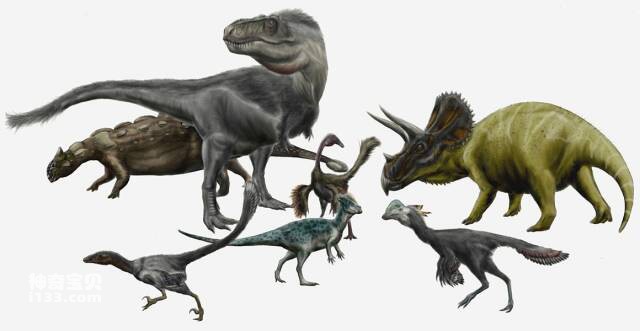
Dinosaurs were a group of reptiles that dominated land for more than 140 million years (more than 160 million years in some parts of the world). They evolved in different shapes and sizes, from the terrifying giant Spinosaurus to the chicken-sized Microraptor, and were able to survive in a va...
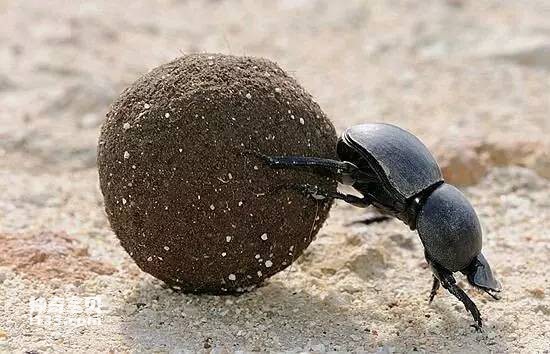
There are many types of insects with diverse feeding habits, among which detritivorous insects account for 17.3% of the total number of insect species. This is also an amazing and huge group. They feed on the corpses and feces of living things. Some of them bury their corpses in the soil and...
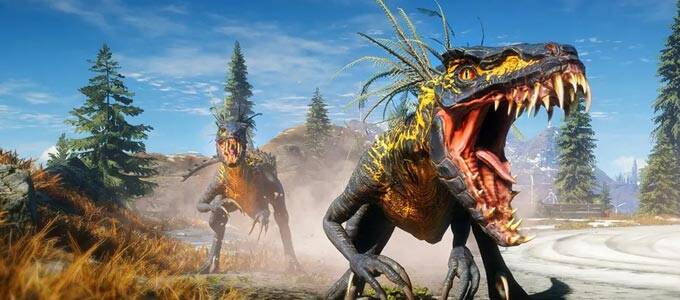
Dinosaurs dominated three geological eras, a total of 165 million years. During the Triassic and early Jurassic periods, dinosaurs had not yet become a very powerful species and almost completely dominated the entire animal evolution process. By the end of the Jurassic pe...